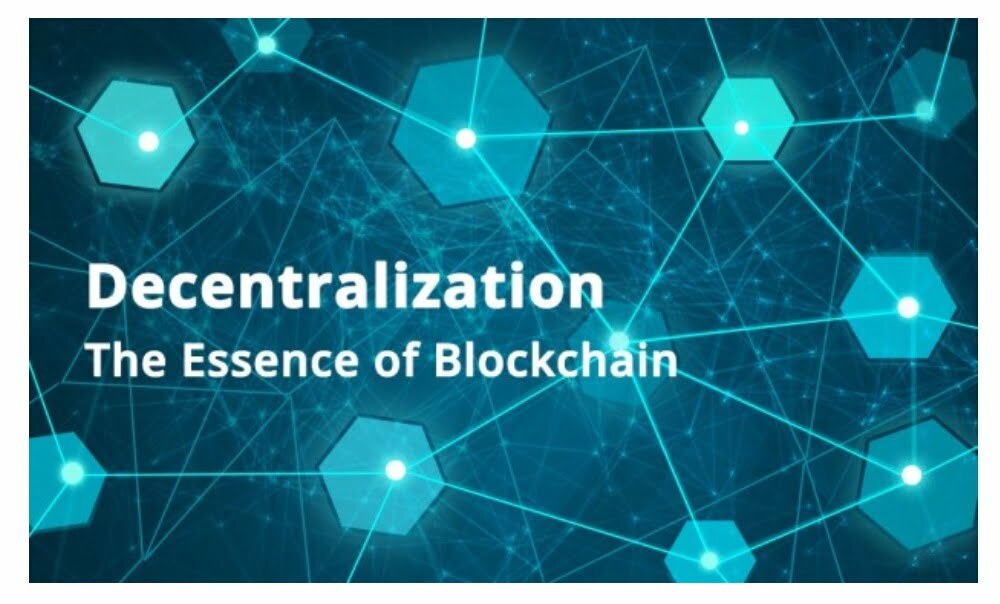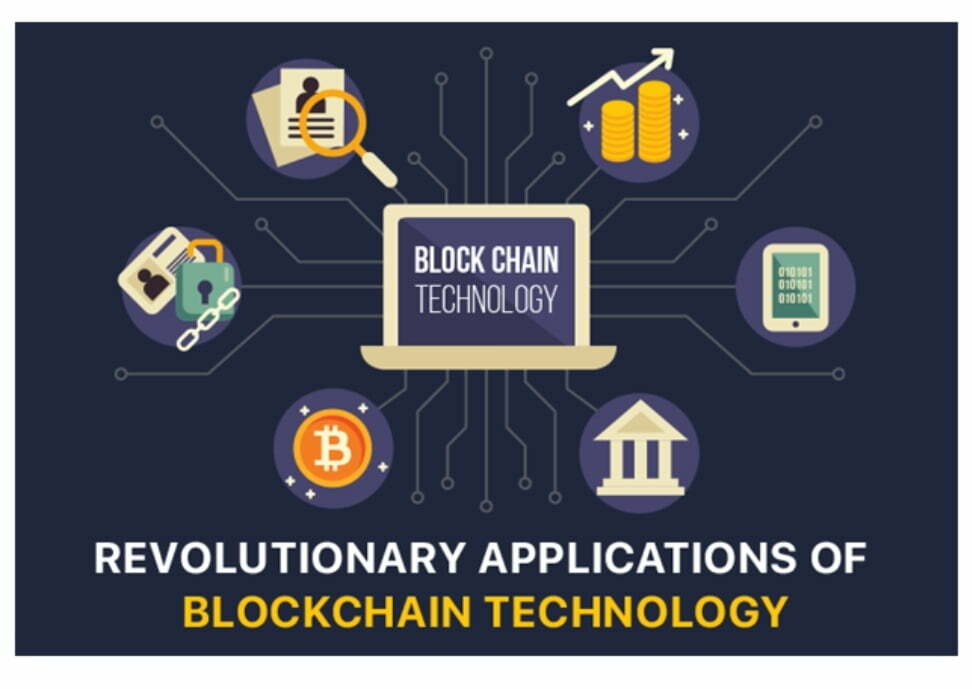The Best Fluffy Pancakes recipe you will fall in love with. Full of tips and tricks to help you make the best pancakes.
What is Blockchain?
It is a distributed database that is shared among the nodes of a computer network. As a database, it stores information electronically in digital format. Blockchains are best known for their crucial role in cryptocurrency systems, such as Bitcoin, for maintaining a secure and decentralized record of transactions. The innovation of a blockchain is that it guarantees the fidelity and security of a record of data and generates trust without the need for a trusted third party

Difference Between Database and Blockchain?
One key difference between a typical database and a blockchain is how the data is structured. A blockchain collects information together in groups, known as blocks, that hold sets of information. Blocks have certain storage capacities and, when filled, are closed and linked to the previously filled block, forming a chain of data known as the blockchain. All new information that follows that freshly added block is compiled into a newly formed block that will then also be added to the chain once filled.
A database usually structures its data into tables, whereas a blockchain, as its name implies, structures its data into chunks (blocks) that are strung together. This data structure inherently makes an irreversible timeline of data when implemented in a decentralized nature. When a block is filled, it is set in stone and becomes a part of this timeline. Each block in the chain is given an exact timestamp when it is added to the chain.
How Does it Work?
The goal of it is to allow digital information to be recorded and distributed, but not edited. In this way, it is a foundation for immutable ledgers, or records of transactions that cannot be altered, deleted, or destroyed. This is why blockchains are also known as distributed ledger technology.
First proposed as a research project in 1991, the blockchain concept predated its first widespread application in use: Bitcoin, in 2009. In the years since, the use of blockchains has exploded via the creation of various cryptocurrencies, decentralized finance (DeFi) applications, non-fungible tokens (NFTs), and smart contracts.
Blockchain Decentralization

Imagine that a company owns a server farm with 10,000 computers used to maintain a database holding all of its client’s account information. This company owns a warehouse building that contains all of these computers under one roof and has full control of each of these computers and all of the information contained within them. This, however, provides a single point of failure. What happens if the electricity at that location goes out? What if its Internet connection is severed? What if it burns to the ground? What if a bad actor erases everything with a single keystroke? In any case, the data is lost or corrupted.
What a blockchain does is allow the data held in that database to be spread out among several network nodes at various locations. This not only creates redundancy but also maintains the fidelity of the data stored therein—if somebody tries to alter a record at one instance of the database, the other nodes would not be altered and thus would prevent a bad actor from doing so. If one user tampers with Bitcoin’s record of transactions, all other nodes would cross-reference each other and easily pinpoint the node with the incorrect information. This system helps to establish an exact and transparent order of events. This way, no single node within the network can alter information held within it.
Because of this, the information and history (such as transactions of a cryptocurrency) are irreversible. Such a record could be a list of transactions (such as with a cryptocurrency), but it also is possible for a blockchain to hold a variety of other information like legal contracts, state identifications, or a company’s product inventory.
Application

- Governance: The use of blockchain technology will make the results of any poll-taking like an election, transparent and easily accessible. This will bring full transparency to the process while preventing hackers from manipulating the results.
This method can also be used in companies to take organizational decisions while maintaining verifiability of the verdict when managing equity or digital assets. - Protection of Intellectual Property:
Due to the internet, any digital information or data can be recreated and distributed throughout the web. Although this is a good thing for web users as they get hold of the infinite amount of data, it is a matter of concern for copyright holders as they lose control over their intellectual property and consequently suffer financially. To eliminate the risk of copying and redistribution, smart contracts need to be administered. This will protect copyright while automating the dealing of online works. - Identity management:
It is essential to verify your digital identity before every transaction that takes place online, yet the security surrounding these transactions is bleak. The cases of identity theft are skyrocketing due to the insecure module. With blockchain technology, a safe and transparent digital identity database can be created. - Land title registration:
Blockchains are publicly-accessible ledgers, making them the most efficient mode of record-keeping, property titles being one of them. As land titles are prone to fraud, many countries are shifting towards land registry projects that support blockchain.
After two years of testing, the Swedish government is soon to conduct its first blockchain property transaction. - Stock trading: If blockchain is used in stock trading, there is a potential for increased efficiency in share settlement. Blockchain removes any middle man such as auditors, clearinghouses, and custodians from the process resulting in instant trade confirmations. It also reduces errors due to the encrypting of the records.

